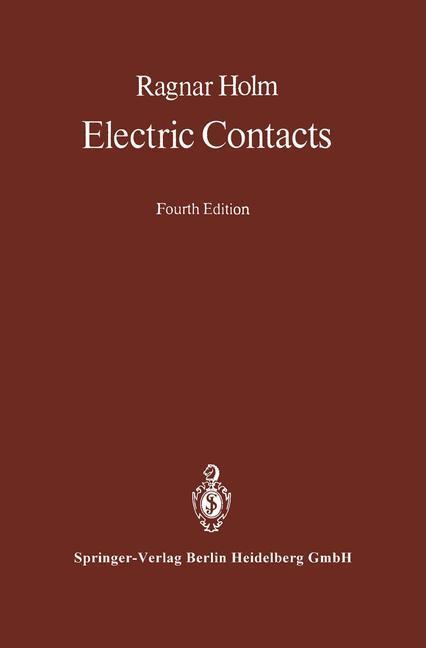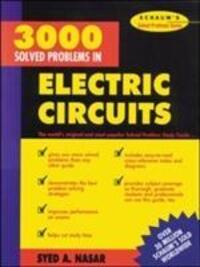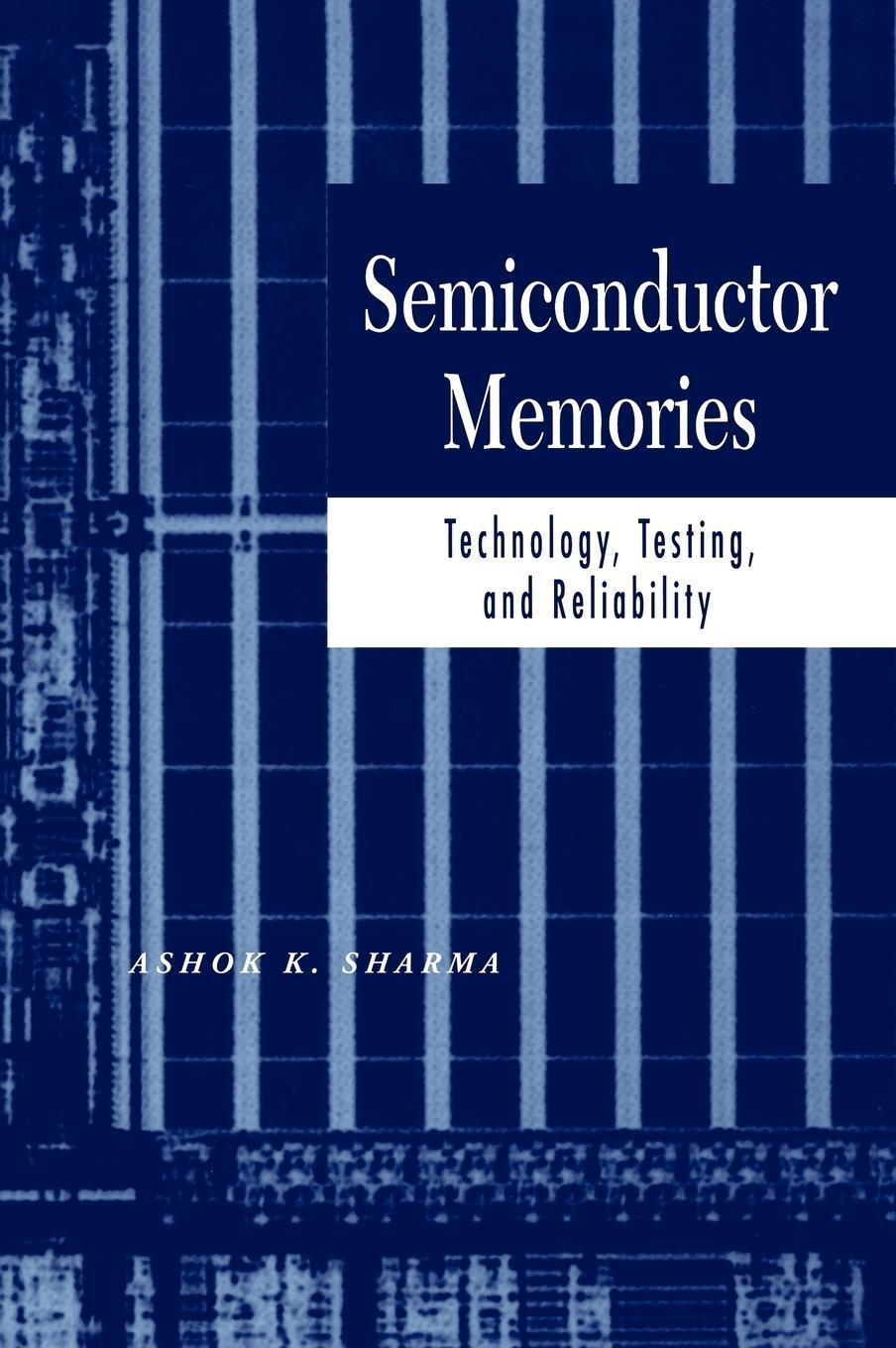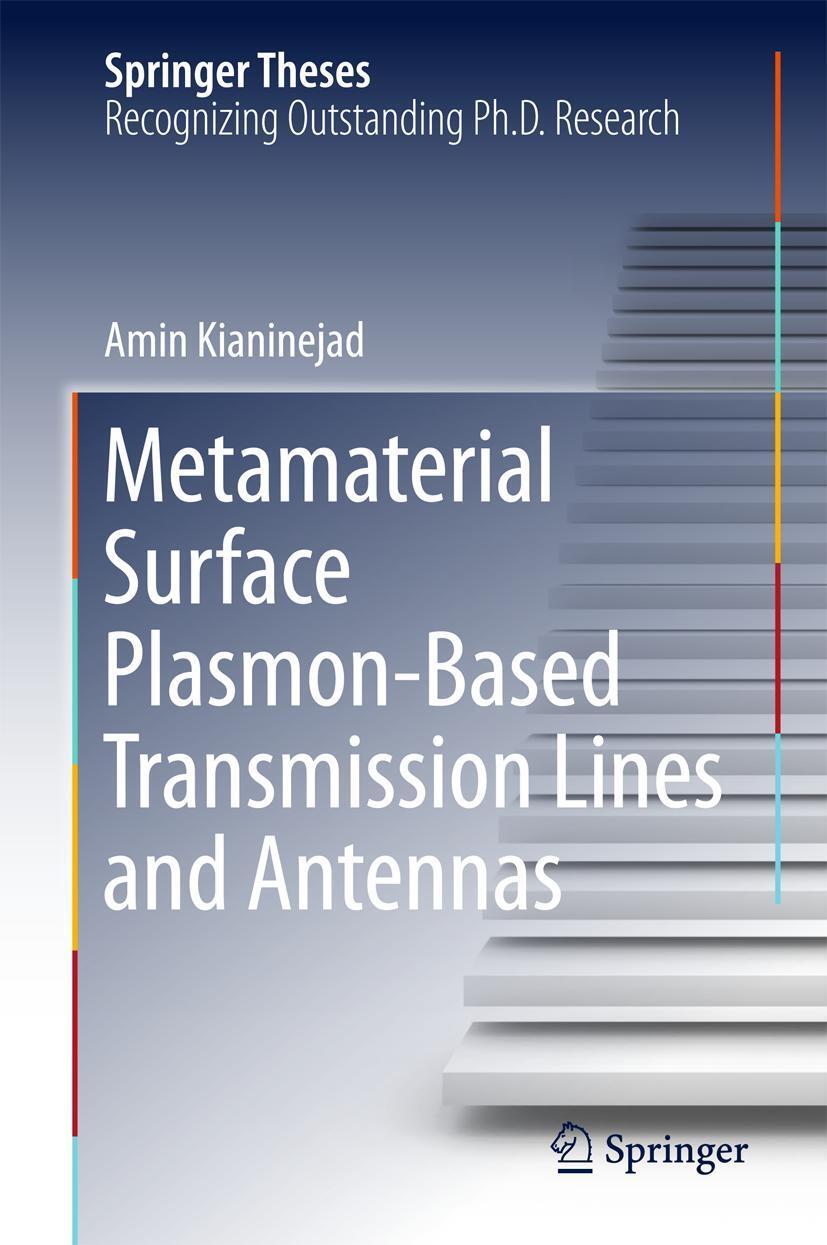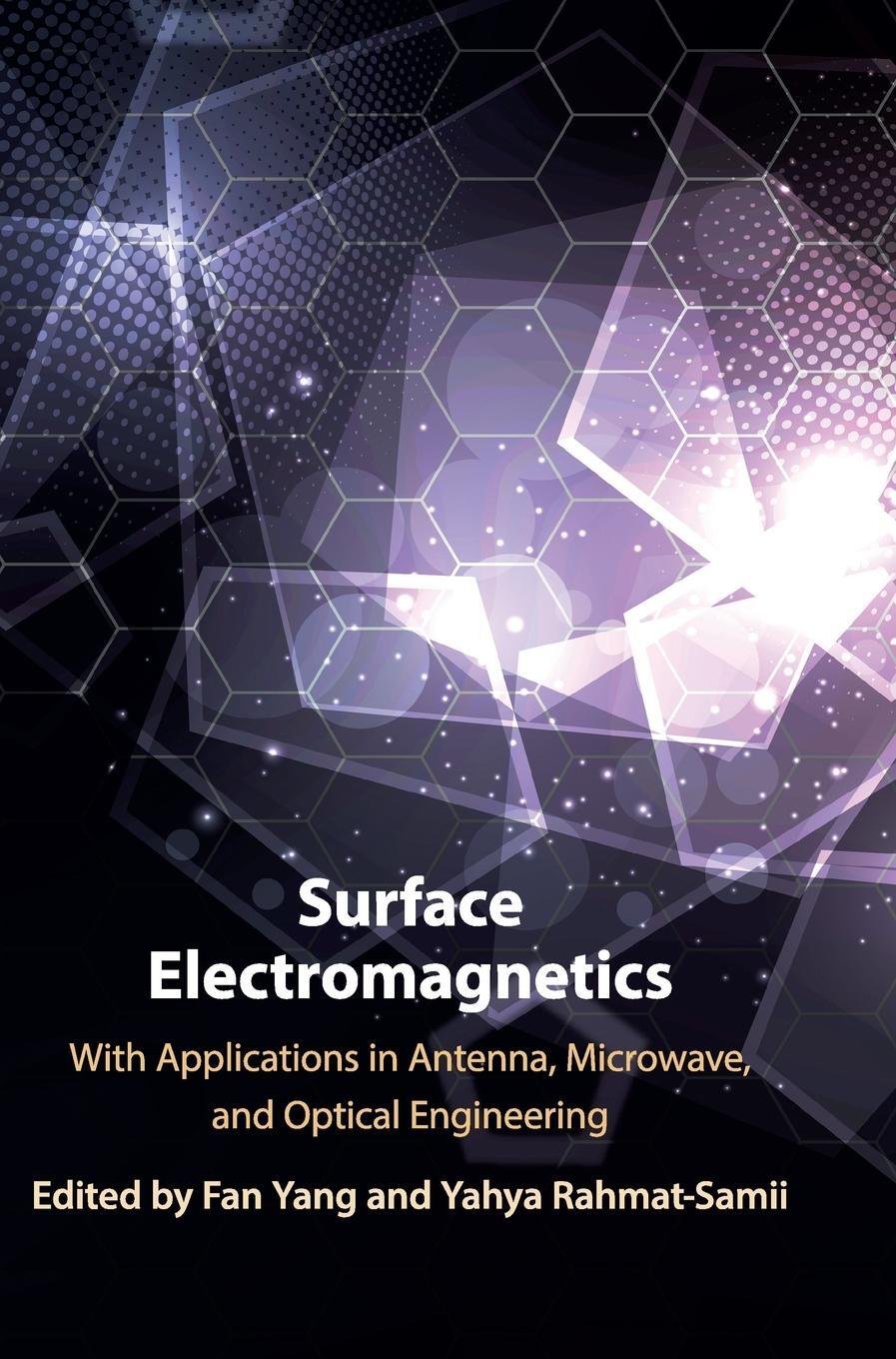Dekorationsartikel gehören nicht zum Leistungsumfang.
Sprache:
Englisch
123,04 €*
Versandkostenfrei per Post / DHL
Aktuell nicht verfügbar
Kategorien:
Beschreibung
This book is a completely revised and rewritten edition of "Electric Contacts Handbook" published in 1958. A large number of new in vestigations are considered, and many of the basic theories are revised in detail and even in general. The body of information had to be limited as it was not advisable to increase the volume of the book. In particular, no attempt was made to cover all of the practical applications. They appear as examples following concentrated explanations of basic phenomena. As in several branches of technology, the solutions of problems ari sing in the field of electric contacts involve insight into various disci plines of physics. It is feit that reviews of some of those topics, especi ally adapted to electric contact phenomena, are welcome to many readers. For example, chapters have been devoted to the structure of carbon, the band theory of electric conduction in solids, certain pro blems in statistics, and the theory of the electric arc. As regards arc problems, new ideas have been introduced. In order to make the main text less cumbersome, such reviews are presented as appendices. Throughout this edition, the mksa-unit system is used in accord with the latest recommendation for standardization of units in scientific and technical writings. The chapter "History of Early Investigations on Contacts" forming Part IV in the preceding edition of 1958 has not been repeated in this book.
This book is a completely revised and rewritten edition of "Electric Contacts Handbook" published in 1958. A large number of new in vestigations are considered, and many of the basic theories are revised in detail and even in general. The body of information had to be limited as it was not advisable to increase the volume of the book. In particular, no attempt was made to cover all of the practical applications. They appear as examples following concentrated explanations of basic phenomena. As in several branches of technology, the solutions of problems ari sing in the field of electric contacts involve insight into various disci plines of physics. It is feit that reviews of some of those topics, especi ally adapted to electric contact phenomena, are welcome to many readers. For example, chapters have been devoted to the structure of carbon, the band theory of electric conduction in solids, certain pro blems in statistics, and the theory of the electric arc. As regards arc problems, new ideas have been introduced. In order to make the main text less cumbersome, such reviews are presented as appendices. Throughout this edition, the mksa-unit system is used in accord with the latest recommendation for standardization of units in scientific and technical writings. The chapter "History of Early Investigations on Contacts" forming Part IV in the preceding edition of 1958 has not been repeated in this book.
Zusammenfassung
Includes supplementary material: [...]
Inhaltsverzeichnis
I. Stationary Contacts.- § 1. Introduction. A simplified summary of the theory of stationary electric contacts.- § 2. The contact surface.- § 3. The contact resistance. General theory.- § 4. Calculation of constriction resistances with constant resistivity ? in an isotropic material.- § 5. Constriction resistances when conditions deviate from those in § 4, but with ? still a constant.- § 6. Introduction to thin films on contacts. Contact cleaning.- § 7. The load bearing contact area as a function of load and elastic and plastic properties of the members.- § 8. The relation between contact load and resistance, particularly at moderate and high load.- § 9. Contact resistance on freshly cleaned rods in air at very small contact loads.- § 10. The inductance of a current constriction. Skin effect.- § 11. Electrodynamic repulsion in a symmetric contact of non-magnetic material.- § 12. The capacitance of a contact. Electrostatic attraction in a contact.- § 13. The relationship between electric potential and temperature in a current constriction which is symmetric with respect to the contact surface; that is, the ??-relation.- § 14. The ??-relation in cases of dissymmetry.- § 15. Influence of a thin film in the contact on the ??-relation. Kohler effect.- § 16. The influence of the Joule heat on constriction resistences in symmetric contacts.- § 17. Distribution of the temperature in a symmetric constriction with circular contact surface at given current.- § 18. The (equilibrium) temperature distribution in the constriction of a contact between two metals with different conductivities, both obeying Wiedemann-Franz law. Thermoelectric effects.- § 19. Temperature distribution in the constriction of a contact between members of very different conductivities.- § 20. Resistance-voltage characteristics of clean symmetric contacts. Softening and melting voltages.- § 21. Development of the temperature in a metallic current constriction.- § 22. Growth of films on metals used for contacts, near room temperature.- § 23. Growth of visible oxide films on metals at moderate to high temperature Decomposition at still higher temperature.- § 24. Water film, local cells and rusting.- § 25. Alien solidified films on contacts.- § 26. Tunnel effect.- § 27. Fritting of tarnish films.- § 28. Adherence in dry contacts which are not heated to any influential extent by the current.- § 29. Adherence in contacts that are heated by the current passing through them. Resistance welding.- § 30. About stationary contacts in practice.- § 31. Dimensioning a contact with respect to its heating.- § 32. Contact effects in carbon granular microphones.- § 33. Contact with semiconductors. Rectification. Static electrification.- § 34. Carbon-pile rheostats. Electric resistance of pressed metal powders..- II Thermal Contacts.- § 35. Thermal metallic contacts.- III Sliding, Contacts.- § 36. Survey of fundamentals.- § 37. Sliding contacts in air.- § 38. Boundary lubrication.- § 39. Theory of friction and wear of carbon contacts. Lubrication by means of solid lubricants as graphite and molybdenum disulfide.- § 40. Stick-slip motion. The temperature in currentless sliding contacts.- § 41. Frictional wear in metallic contacts without current.- § 42. Electrical performance of carbon brushes on rings and commutators when arcing is excluded..- § 43. The temperature in the sliding contact between a carbon brush and a copper ring or commutator.- § 44. Friction and wear with a carbon-brush collector contact.- § 45. Theory of commutation with special regard to voltage flashes and arcs.- § 46. Current collectors for trolley cars.- § 47. Electric noise in contacts.- IV Electric Phenomena in Switching Contacts.- § 48. Introduction.- § 49. Ignition of arcs in switches.- § 50. VI-characteristics of the stationary arc in air; their use for calculation of the duration of drawn short arcs.- § 51. Vacuum arc; particularly its extinction.- § 52. Interrupting an a.c. current.- § 53. Breaking direct current.- § 54. Electric oscillations generated by d.c. arcs.- § 55. Bouncing.- § 56. Material transfer in switching contacts. A survey.- § 57. Discharge transients.- §58. Are duration during contact closure with voltages below 200 to 300 V.- § 59. Floating.- § 60. Arc duration on breaking contact without quenching. Circumstances common to Communication Engineering.- § 61. Quenching a drawn arc by means of a capacitor, parallel to the contact.- § 62. Capacitive quenching when an arc with a very small duration or no arc is drawn.- § 63. Quenching of arcs by a resistance parallel to the operating contact or to the inductive coil.- § 64. Details about the types of arc in relay contacts and the material transfer produced by them.- § 65. Bridge transfer and short are transfer at contact separation.- § 66. Theory of the bridge transfer.- § 67. Bridge material transfer in the shape of pips and spires.- § 68. Mercury switches.- § 69. Application of statistics to contact operations.- § 70. The choice of contact material; contact shape for practical applications.- Appendices.- § I. Elasticity, plasticity and hardness.- A. Introduction.- C. Plastic deformations. Dislocations.- D. Mathematics of plastic yielding.- E. Indentation in an isotropic semi-infinite body, produced by a spherical indenter (ball).- F. The ball and pyramid indentation tests. Hardness.- G. Influence of friction on the indentation.- H. Diffusion effects.- I. The work consumed by a plastic deformation. Examples.- § II. Electronic conduction in solids.- A. Introduction.- B. General concepts concerning conduction.- C. Quantization of the electrons in a crystal and the constitution of a band.- D. Influence of the temperature on the distribution (or partition) of electrons on cells in metals.- E. Current carriers in semiconductors.- F. Mobility of current carriers. Resistance.- G. Surface potential barrier of a metal. Thermionic emission of electrons.- I. Metal-semiconductor contact.- A. Heat capacity.- B. Thermal conduction.- § IV. Probability. Noise.- A. Normal distribution.- B. Probability paper.- D. Electrical noise.- § V. Structure, electrical and thermal conductivity of carbons 404 A. Introduction. Graphite lattice.- B. Carbon grades. 406 C. Graphitization.- D. Electrical conductivity of carbons.- E. Heat conductivity of carbons.- § VI. Hydrodynamic or thick film lubrication.- § VII. Metal whiskers 417 A. Whiskers formed from the solid metal.- B. Whiskers rapidly formed from metal vapor.- C. Mechanical and magnetic properties of whiskers.- D. Metallic dendrites in semiconductors.- § VIII. Some fundamental formulas concerning electric discharges.- A. Introduction. Kinetic fundamentals.- B. Drift velocity.- D. Plasma.- E. Current in vacuum restricted by the space charge of the current carriers.- § IX. Theory of the electric arc.- A. Introduction.- B. Cathode layer.- C. Emission of primary electrons from the cathode.- D. The ion current in the cathode layer.- F. Summary of the results presented in Table (IX,5).- G. Power balance at the cathode.- H. Power balance at the anode.- I. Voltage-current characteristics of arcs.- J. Pinch effect.- § X. Tables.- § XI. Diagram XI in two copies, one detachable.- Author and literature index.- Errata.
Details
| Erscheinungsjahr: | 2010 |
|---|---|
| Fachbereich: | Nachrichtentechnik |
| Genre: | Technik |
| Rubrik: | Naturwissenschaften & Technik |
| Medium: | Taschenbuch |
| Seiten: | 512 |
| Inhalt: |
xv
484 S. 218 s/w Illustr. |
| ISBN-13: | 9783642057083 |
| ISBN-10: | 364205708X |
| Sprache: | Englisch |
| Ausstattung / Beilage: | Paperback |
| Einband: | Kartoniert / Broschiert |
| Autor: | Holm, Ragnar |
| Auflage: | Softcover reprint of hardcover 4th ed. 1967 |
| Hersteller: |
Springer-Verlag GmbH
Springer Berlin Heidelberg |
| Maße: | 234 x 156 x 28 mm |
| Von/Mit: | Ragnar Holm |
| Erscheinungsdatum: | 30.11.2010 |
| Gewicht: | 0,769 kg |
Zusammenfassung
Includes supplementary material: [...]
Inhaltsverzeichnis
I. Stationary Contacts.- § 1. Introduction. A simplified summary of the theory of stationary electric contacts.- § 2. The contact surface.- § 3. The contact resistance. General theory.- § 4. Calculation of constriction resistances with constant resistivity ? in an isotropic material.- § 5. Constriction resistances when conditions deviate from those in § 4, but with ? still a constant.- § 6. Introduction to thin films on contacts. Contact cleaning.- § 7. The load bearing contact area as a function of load and elastic and plastic properties of the members.- § 8. The relation between contact load and resistance, particularly at moderate and high load.- § 9. Contact resistance on freshly cleaned rods in air at very small contact loads.- § 10. The inductance of a current constriction. Skin effect.- § 11. Electrodynamic repulsion in a symmetric contact of non-magnetic material.- § 12. The capacitance of a contact. Electrostatic attraction in a contact.- § 13. The relationship between electric potential and temperature in a current constriction which is symmetric with respect to the contact surface; that is, the ??-relation.- § 14. The ??-relation in cases of dissymmetry.- § 15. Influence of a thin film in the contact on the ??-relation. Kohler effect.- § 16. The influence of the Joule heat on constriction resistences in symmetric contacts.- § 17. Distribution of the temperature in a symmetric constriction with circular contact surface at given current.- § 18. The (equilibrium) temperature distribution in the constriction of a contact between two metals with different conductivities, both obeying Wiedemann-Franz law. Thermoelectric effects.- § 19. Temperature distribution in the constriction of a contact between members of very different conductivities.- § 20. Resistance-voltage characteristics of clean symmetric contacts. Softening and melting voltages.- § 21. Development of the temperature in a metallic current constriction.- § 22. Growth of films on metals used for contacts, near room temperature.- § 23. Growth of visible oxide films on metals at moderate to high temperature Decomposition at still higher temperature.- § 24. Water film, local cells and rusting.- § 25. Alien solidified films on contacts.- § 26. Tunnel effect.- § 27. Fritting of tarnish films.- § 28. Adherence in dry contacts which are not heated to any influential extent by the current.- § 29. Adherence in contacts that are heated by the current passing through them. Resistance welding.- § 30. About stationary contacts in practice.- § 31. Dimensioning a contact with respect to its heating.- § 32. Contact effects in carbon granular microphones.- § 33. Contact with semiconductors. Rectification. Static electrification.- § 34. Carbon-pile rheostats. Electric resistance of pressed metal powders..- II Thermal Contacts.- § 35. Thermal metallic contacts.- III Sliding, Contacts.- § 36. Survey of fundamentals.- § 37. Sliding contacts in air.- § 38. Boundary lubrication.- § 39. Theory of friction and wear of carbon contacts. Lubrication by means of solid lubricants as graphite and molybdenum disulfide.- § 40. Stick-slip motion. The temperature in currentless sliding contacts.- § 41. Frictional wear in metallic contacts without current.- § 42. Electrical performance of carbon brushes on rings and commutators when arcing is excluded..- § 43. The temperature in the sliding contact between a carbon brush and a copper ring or commutator.- § 44. Friction and wear with a carbon-brush collector contact.- § 45. Theory of commutation with special regard to voltage flashes and arcs.- § 46. Current collectors for trolley cars.- § 47. Electric noise in contacts.- IV Electric Phenomena in Switching Contacts.- § 48. Introduction.- § 49. Ignition of arcs in switches.- § 50. VI-characteristics of the stationary arc in air; their use for calculation of the duration of drawn short arcs.- § 51. Vacuum arc; particularly its extinction.- § 52. Interrupting an a.c. current.- § 53. Breaking direct current.- § 54. Electric oscillations generated by d.c. arcs.- § 55. Bouncing.- § 56. Material transfer in switching contacts. A survey.- § 57. Discharge transients.- §58. Are duration during contact closure with voltages below 200 to 300 V.- § 59. Floating.- § 60. Arc duration on breaking contact without quenching. Circumstances common to Communication Engineering.- § 61. Quenching a drawn arc by means of a capacitor, parallel to the contact.- § 62. Capacitive quenching when an arc with a very small duration or no arc is drawn.- § 63. Quenching of arcs by a resistance parallel to the operating contact or to the inductive coil.- § 64. Details about the types of arc in relay contacts and the material transfer produced by them.- § 65. Bridge transfer and short are transfer at contact separation.- § 66. Theory of the bridge transfer.- § 67. Bridge material transfer in the shape of pips and spires.- § 68. Mercury switches.- § 69. Application of statistics to contact operations.- § 70. The choice of contact material; contact shape for practical applications.- Appendices.- § I. Elasticity, plasticity and hardness.- A. Introduction.- C. Plastic deformations. Dislocations.- D. Mathematics of plastic yielding.- E. Indentation in an isotropic semi-infinite body, produced by a spherical indenter (ball).- F. The ball and pyramid indentation tests. Hardness.- G. Influence of friction on the indentation.- H. Diffusion effects.- I. The work consumed by a plastic deformation. Examples.- § II. Electronic conduction in solids.- A. Introduction.- B. General concepts concerning conduction.- C. Quantization of the electrons in a crystal and the constitution of a band.- D. Influence of the temperature on the distribution (or partition) of electrons on cells in metals.- E. Current carriers in semiconductors.- F. Mobility of current carriers. Resistance.- G. Surface potential barrier of a metal. Thermionic emission of electrons.- I. Metal-semiconductor contact.- A. Heat capacity.- B. Thermal conduction.- § IV. Probability. Noise.- A. Normal distribution.- B. Probability paper.- D. Electrical noise.- § V. Structure, electrical and thermal conductivity of carbons 404 A. Introduction. Graphite lattice.- B. Carbon grades. 406 C. Graphitization.- D. Electrical conductivity of carbons.- E. Heat conductivity of carbons.- § VI. Hydrodynamic or thick film lubrication.- § VII. Metal whiskers 417 A. Whiskers formed from the solid metal.- B. Whiskers rapidly formed from metal vapor.- C. Mechanical and magnetic properties of whiskers.- D. Metallic dendrites in semiconductors.- § VIII. Some fundamental formulas concerning electric discharges.- A. Introduction. Kinetic fundamentals.- B. Drift velocity.- D. Plasma.- E. Current in vacuum restricted by the space charge of the current carriers.- § IX. Theory of the electric arc.- A. Introduction.- B. Cathode layer.- C. Emission of primary electrons from the cathode.- D. The ion current in the cathode layer.- F. Summary of the results presented in Table (IX,5).- G. Power balance at the cathode.- H. Power balance at the anode.- I. Voltage-current characteristics of arcs.- J. Pinch effect.- § X. Tables.- § XI. Diagram XI in two copies, one detachable.- Author and literature index.- Errata.
Details
| Erscheinungsjahr: | 2010 |
|---|---|
| Fachbereich: | Nachrichtentechnik |
| Genre: | Technik |
| Rubrik: | Naturwissenschaften & Technik |
| Medium: | Taschenbuch |
| Seiten: | 512 |
| Inhalt: |
xv
484 S. 218 s/w Illustr. |
| ISBN-13: | 9783642057083 |
| ISBN-10: | 364205708X |
| Sprache: | Englisch |
| Ausstattung / Beilage: | Paperback |
| Einband: | Kartoniert / Broschiert |
| Autor: | Holm, Ragnar |
| Auflage: | Softcover reprint of hardcover 4th ed. 1967 |
| Hersteller: |
Springer-Verlag GmbH
Springer Berlin Heidelberg |
| Maße: | 234 x 156 x 28 mm |
| Von/Mit: | Ragnar Holm |
| Erscheinungsdatum: | 30.11.2010 |
| Gewicht: | 0,769 kg |
Warnhinweis

